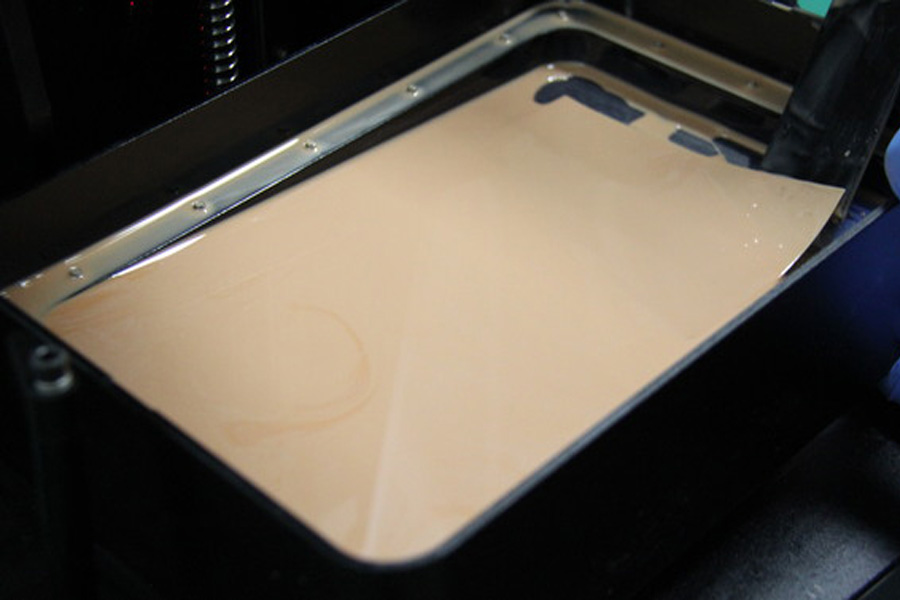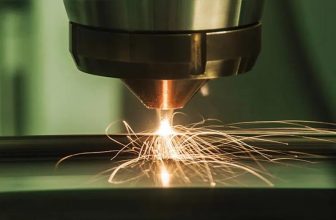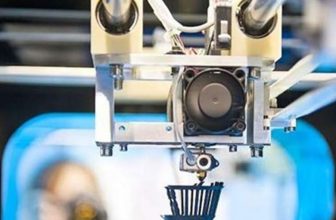
Compared with the current common FDM technology, the main advantages of LCD are embodied in printing accuracy and printing speed. The product accuracy of LCD technology can reach 25um, while the current precision of FDM technology is only 0.2mm. At the same time, the molding speed of FDM products is probably much slower than that of LCD. The LCD side of the same size can be completed in 5 seconds, but FDM It takes a few minutes.
In the 3D printing industry, whenever it comes to light-curing 3D printers, it always feels bright. In fact, this kind of printer is indeed worthy of a flash, because it uses ultraviolet light or other light beams to cure liquid photosensitive resin. As for what the photosensitive resin is all about? Literally speaking, it is a resin material that is sensitive to light, which cures quickly after being irradiated with light. At a high level, photosensitive resin is a mixture of photoinitiator, monomer polymer and prepolymer. This material can be cured under specific wavelength ultraviolet light focusing.
Light-sensitive resin materials are generally used in SLA/DLP/LCD models. Among these printing technologies, light-curing molding is used, and the consumables used are photosensitive resin. Items printed with photosensitive resin materials have relatively smooth surfaces and high molding quality, so many DLP models are positioned as jewelry-level, and LCD is slowly approaching the pace of DLP, and the accuracy is getting higher and higher. LCD technology has been widely used Industrial hands-on.
Characteristics of photosensitive resin
The photosensitive resin is generally in a liquefied state, and the printed objects using this material generally have the characteristics of high precision, stable forming, and waterproof. However, the photosensitive resin liquid material is prone to hardening if it is not used for a long time, and the material has a certain degree of toxicity, so it needs to be sealed and stored when not in use.
In addition, the photosensitive material is more expensive, and because it needs to be poured into the container when used, it is easy to cause waste.
Application of photosensitive resin
The finished product of 3D printing of photosensitive resin material has good details and high surface quality, which can be painted by painting and other processes. However, if the photosensitive resin printed items are exposed to light for a long time, they will gradually oxidize and turn yellow. This material is mostly used to print fine models that require high model accuracy and surface quality, such as hands, jewelry or precision accessories.
Types of photosensitive resin
There are many different types of photosensitive resin materials. Subdivided photosensitive resin materials exhibit different properties according to different formulations or production methods, and are suitable for different fields.
The safety of photosensitive resin
Many people have a great controversy about whether photosensitive resin is toxic. In fact, photosensitive resin materials cannot be simply said to be toxic or non-toxic. Toxicity must be discussed in combination with dosage. Generally, there is no problem after normal light curing.
Therefore, users who are worried that the photosensitive resin material is toxic and will cause harm to the human body can rest assured, as long as the photosensitive resin material you purchase is regular, in addition to the ventilation protection during the printing process, the articles after 3D printing are non-toxic. You can rest assured to use and touch.
There are few organic volatiles in the photosensitive resin, which will not cause great harm to us, but for our professionals who often use light-curing 3D printers, it is best to wear gloves during use and cleaning.
Some people with sensitive skin should pay attention. Every body is different. Some people are allergic, and some people are not allergic. For those of us who professionally operate light-curing 3D printers, we usually wear gloves and masks and put them in a separate workshop to make the air flow and prepare clean alcohol. This approach shows that we are not only more professional when operating, but also more convenient to handle models, keeping the printing room tidy and clean.





